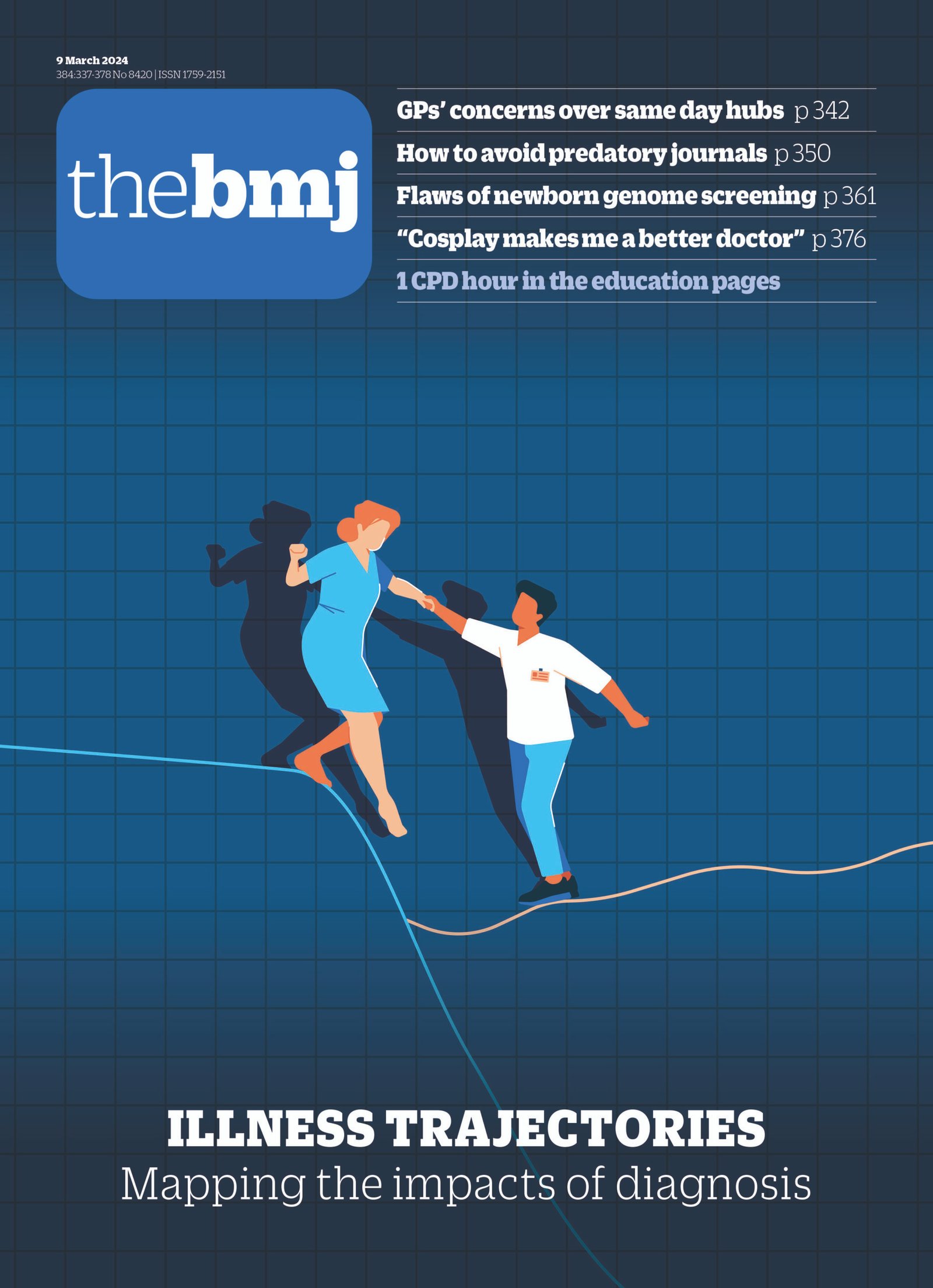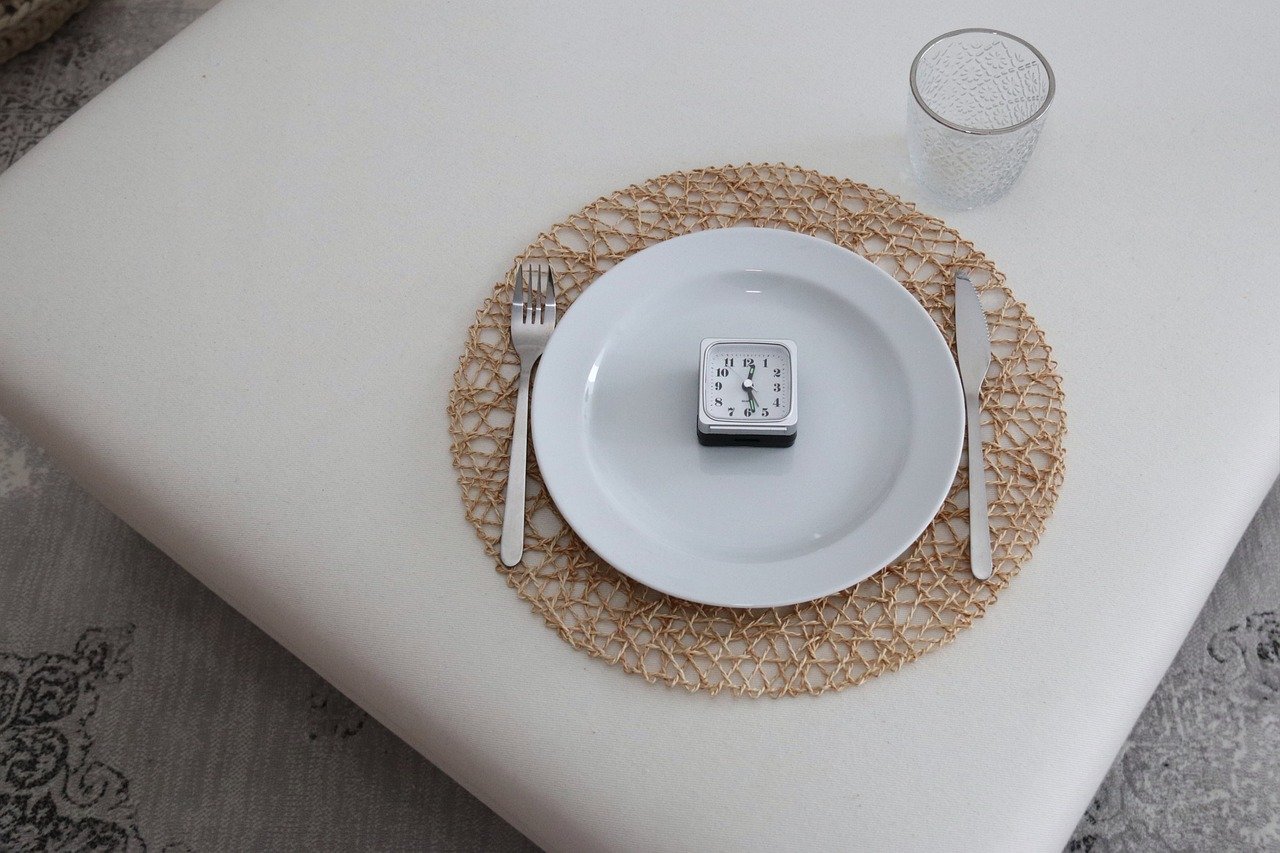Aidan O’Leary, 77, has suffered with back pain brought on by a hip replacement, but says he’s found great relief by staying active at his local swimming pool.
“Everything moves when I swim. It’s not like walking or using a gym machine or anything,” O’Leary told The Current. “In the water, everything moves, every muscle moves.”
“I feel so free in the water, I feel weightless.”

O’Leary, who lives in Toronto, was an avid cyclist before he broke his hip in a fall two years ago. He’s replaced cycling with swimming three times a week and said it “very much” helps to alleviate the pain.
Statistics Canada has estimated that four out of five Canadians will experience back pain at some point in their lives, with the World Health Organization (WHO) recognizing it as the leading cause of disability globally.
But Shawn Beaudette, an associate professor of kinesiology, says that many people who experience back pain can develop kinesiophobia — the fear of specific movements that may have contributed to their injury — and avoid the physical activity that would help with healing.
In a 2022 paper published in Frontiers in Behavioural Neuroscience, researchers in Quebec noted that kinesiophobia affects between 51 and 72 per cent of patients with chronic pain. The researchers wrote that in contrast to other phobias, “people with kinesiophobia believe that avoiding movement is an appropriate response, resulting in deleterious behaviors and decreased overall functional ability.”
Beaudette said these fears are also fuelled by a “kind of rhetoric … [that] our spines are fragile, they’re susceptible to injury” — but he argues that moving your body in different and varied ways is key to avoiding repeated stress that can lead to pain. That means getting out for a walk if you work a sedentary job, or mixing in breaks if your work is more manual.
“Your spine is meant to move … but we need to think about the types of movement that we’re doing with our spine,” said Beaudette, who specializes in the biomechanics of the spine at Brock University in St. Catharines, Ont.
“Any type of movement in moderation and diversity is good.”
Swimming or water-based exercise would be “an excellent fit” to achieve that greater diversity of movement, in an environment that could reduce that fear, he said.
“I think getting somebody into the water, getting them away from kind of more traditional, weight-bearing exercises will help to provide a nice challenge to some of the trunk muscles … in a less risky type of environment,” he said.
Back pain increasing globally
Health Canada cites low back pain as a form of chronic pain, a broad category that includes pain coinciding with an underlying disease or issue, such as pain from cancer treatment or surgery. It also includes pain that has no identifiable cause, or pain that persists after an injury has healed. Health Canada projects that as many as nine million Canadians may be living with chronic pain by 2030.
The WHO reports that 619 million people experienced lower back pain in 2020 — a 60 per cent increase from 1990.
That increase, Beaudette said, could be “partially due to the fact that we’re consistently trying to do the same things, day in and day out.”
“If you’re continuously sitting or standing in a static posture throughout the day, we know that this can lead to discomfort,” said Beaudette.
“On the other end of the spectrum, those that are continuously loading their spine, for example, by lifting a load … that can cause lower back pain too.”

For those experiencing back pain, water-based fitness can provide buoyancy that holds people up and can take pressure off of joints, says Alison Bonnyman, a physiotherapist with 35 years of clinical practice and teaching experience.
“Water assists movement. So if you’re standing in the water … and you raise your arms, it’s assisting in that movement,” said Bonnyman, the founder of Canadian Aquatic Rehab Instructors, which teaches aquatic therapy techniques.
She said that it can help with many types of pain or injury, but “[with] low back pain, certainly you have offloading of the spine. And then you can begin to work the muscles in a pain-free way.”
Maureen Spencer took to her local pool after a knee injury last summer meant she couldn’t stick to her usual exercise routine.

“I did aquafit in the deep end, so it wasn’t weight-bearing. And it really made a difference to my recovery,” said Spencer, 78, in Toronto.
“I felt more secure in the pool, particularly as I could move my legs more easily, certainly the injured knee,” she said. “It helped with the healing.”
‘Need to move’ to heal
Bonnyman said that warm water can also have a relaxing effect, reducing that fear of injury. Where that fear persists, or someone has an added fear around water, she said therapists can use flotation devices and safety features like handrails to reassure people.
She said the type of exercise — for example aquafit versus light paddling — doesn’t matter as much as the depth of the water or how much you’re submerged in it. For example, standing in hip-deep water isn’t doing much to offload the spine; while water up to your chest isn’t having that effect on your neck, she said.
Being in the water can also improve blood flow via a widening of the blood vessels called vasodilation, Bonnyman said, while the pressure of the water on a submerged body part can help with swelling.
That water pressure effect is more pronounced in an activity like aquafit — where someone is submerged and vertical — than when a person is swimming horizontally along the surface of the pool, she added.
For back pain, Bonnyman agreed that movement is important to finding relief.
“We’ve thrown out that whole premise of ‘go to bed when you have back pain,'” she said.
“We need to move muscles, we need to move blood around in order for healing to occur.”









